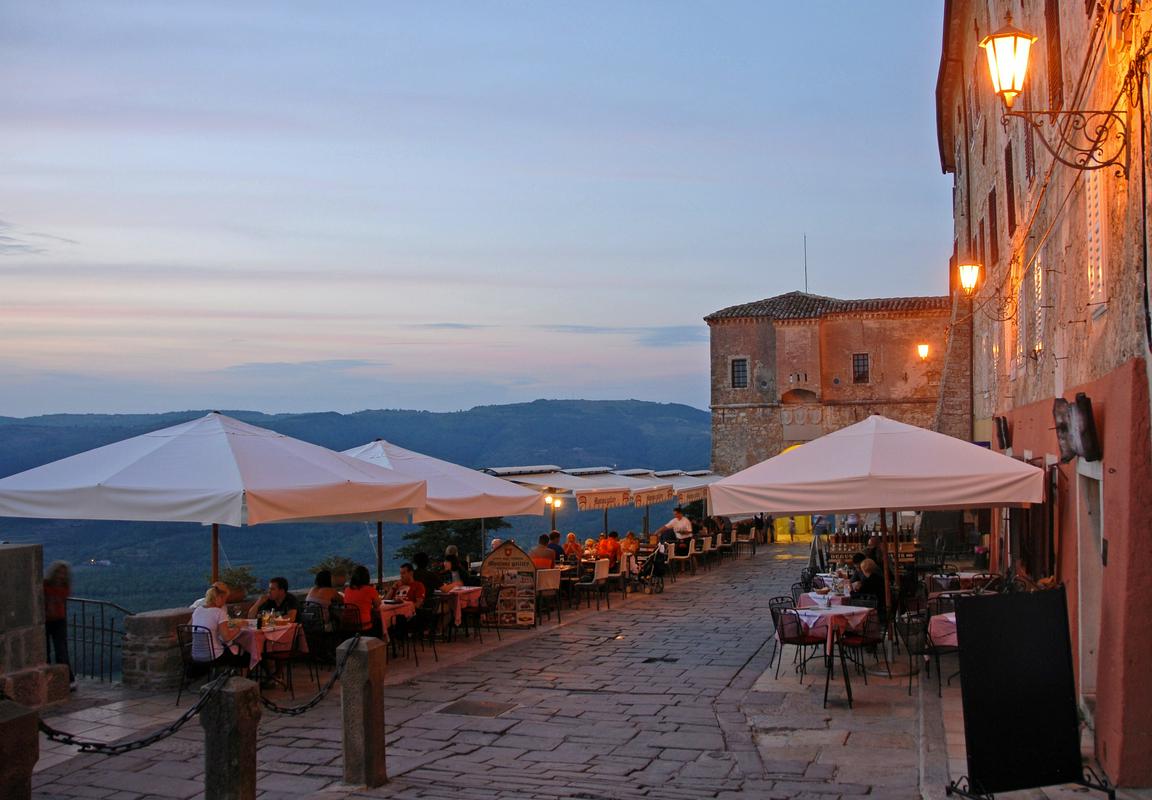In 1940, precious art began to disappear from the Istria, then a part of Italy; Authorities decided to systematically remove priceless masterpieces that had graced the peninsula’s churches and other historic building for centuries and ship them to other parts of the country.
The plan was designed to protect the art from the coming war. After Italy’s victory, the art would be returned to Istria. Italy, as it turned out, ended up not just losing the conflict, but also the Istrian peninsula. After World War II, Istria was awarded to Yugoslavia and has been divided between Slovenia and Croatia since the two countries became independent in 1991.
The art, however, remained in Italy. For years after the war, it was transported from city to city and remained hidden from public view. Eventually, all trace of the masterpieces was lost. It wasn’t 2002 until a man named Vittorio Sgarbi, then an undersecretary at Italy’s Ministry of Culture, rediscovered them in a Rome storage depot. Many of the masterpieces, from old Venetian masters such as Carpaccio, Tiepolo, Veneziano, and Bendetto, had been taken from churches in the Slovenian towns of Koper and Piran.
Slovenian officials were excited by Sgarbi’s discovery, which promised that the works of art could finally be returned to the churches from which they were taken before the war. The Italian government, however, had very different ideas.
Sgarbi himself argued that the works were created by Italian masters in what was then the Republic of Venice, and therefore belonged to the Italian state. He compared the situation to that of the British Museum, which is allowed to keep precious artifacts from India. The Italian government agreed, declaring the works to be the property of the Italian state.
The recovered works have since been exhibited in and around Trieste, not far from the Slovenian border. Each exhibition was met with protests from the Slovenian side. The Ministry of Culture argues that there is no precedent in international law for Italy’s actions, especially because the removal of the art from Istria was meant to be temporary -- for the duration of the war. Church authorities, the original owners of the art, have also entered the fray, requesting that the pieces taken from churches and monasteries be returned. Even the Pope has asked for their return.
Italian authorities have offered to make the art available to Slovenia as loans. The proposal, however, has done little to satisfy Slovenian side, which insist the art should be returned to where it was displayed for centuries – the churches and other historic buildings in Slovenian Istria.


































































